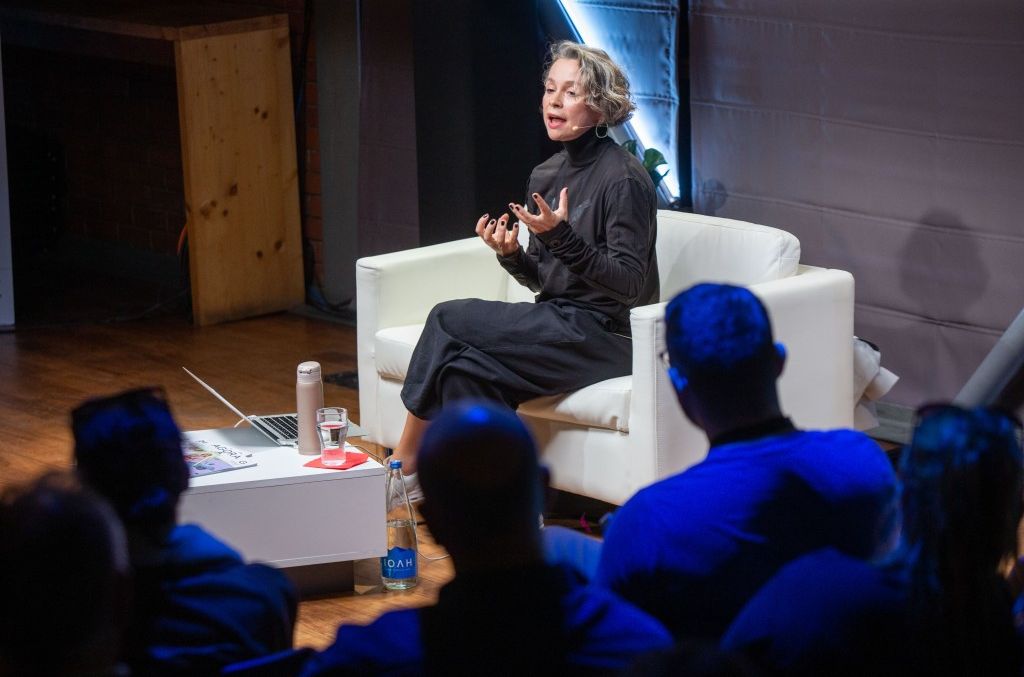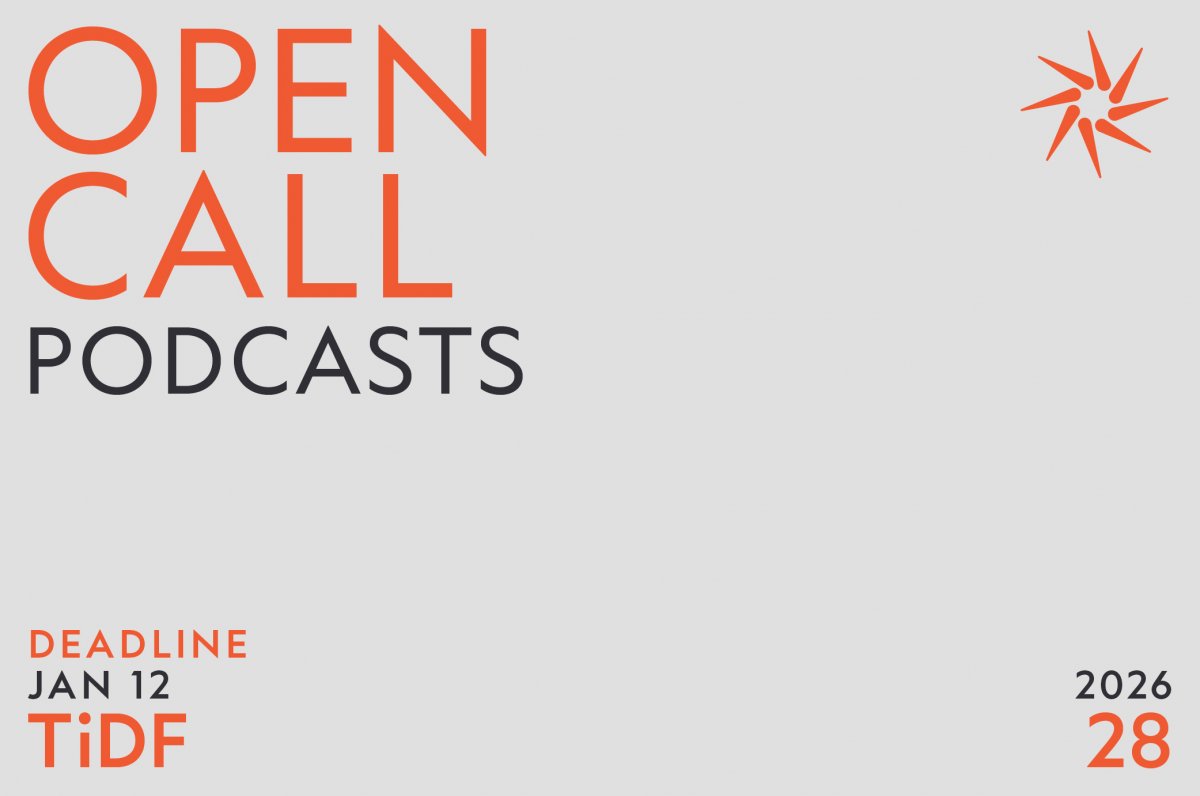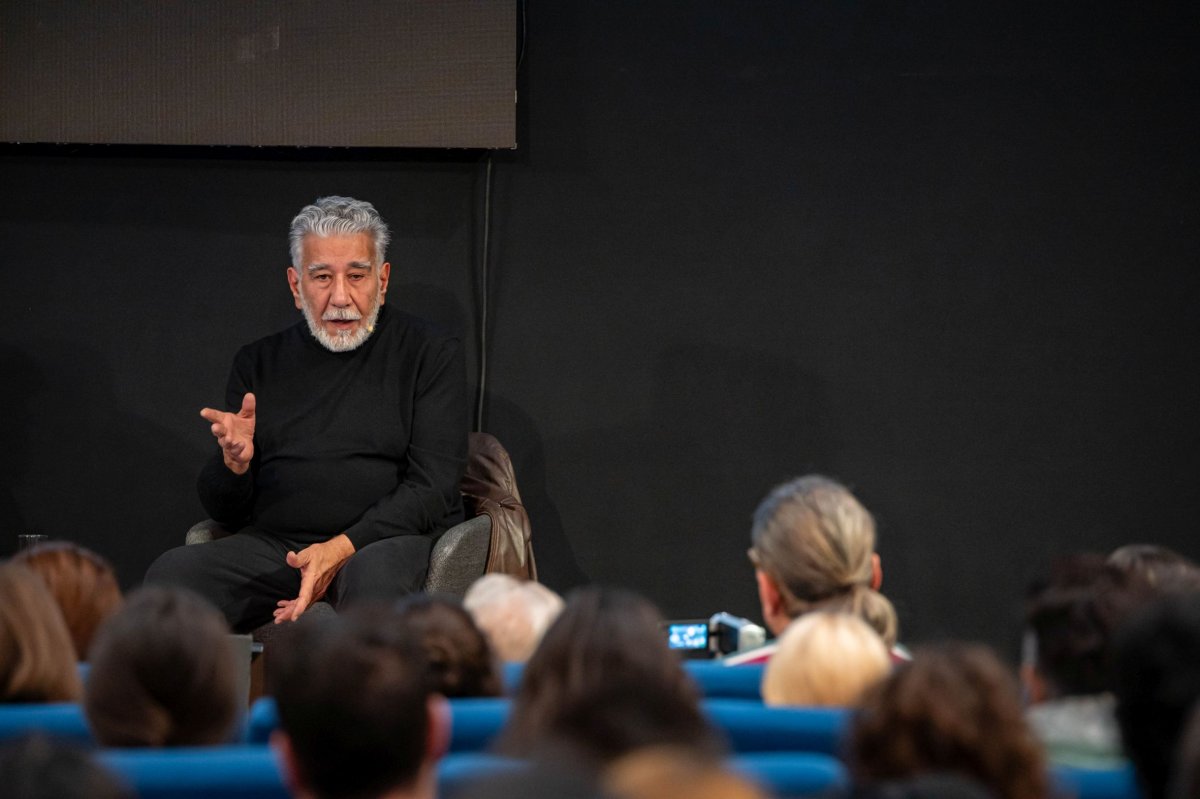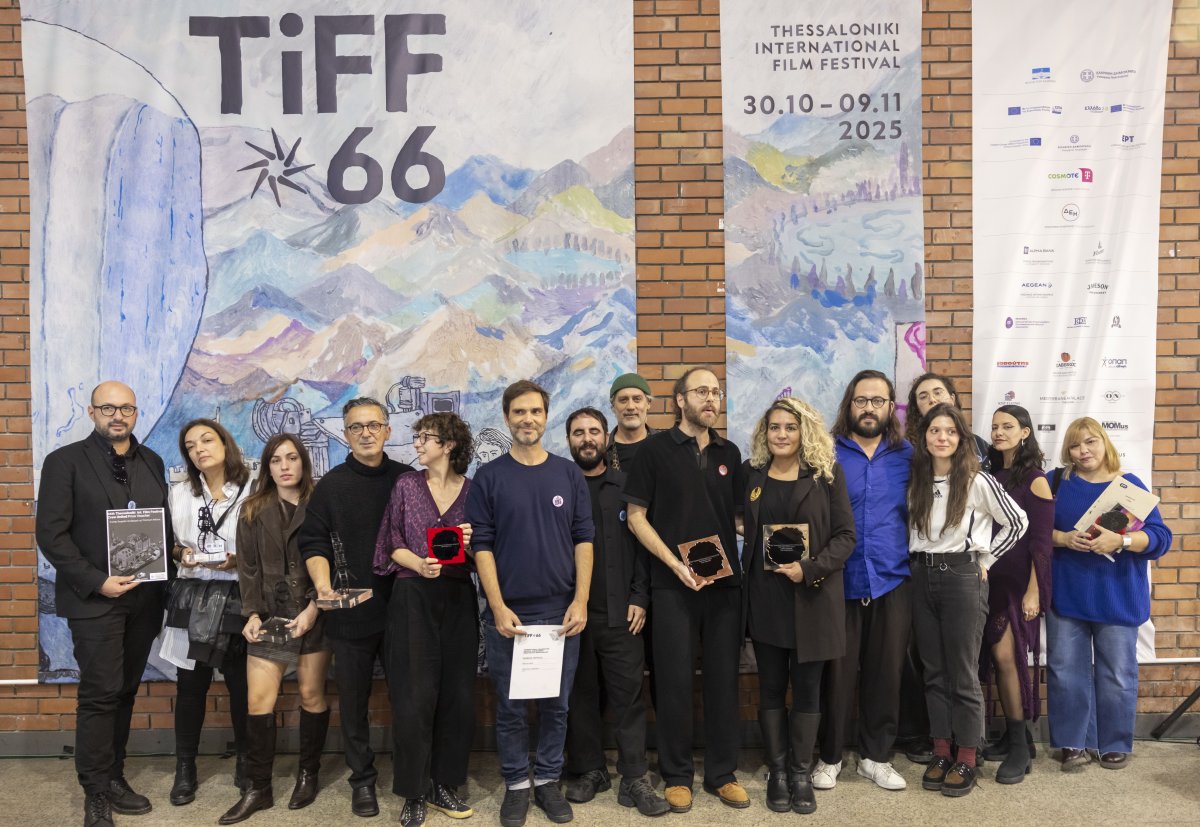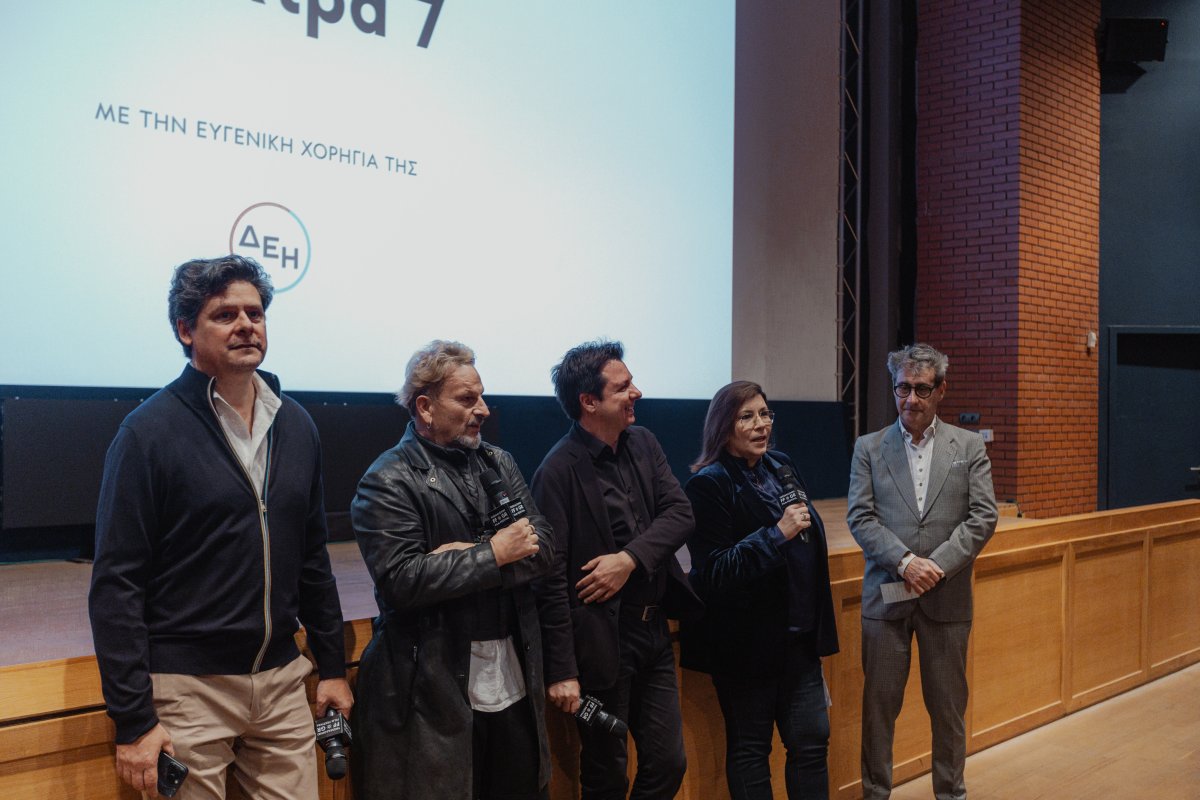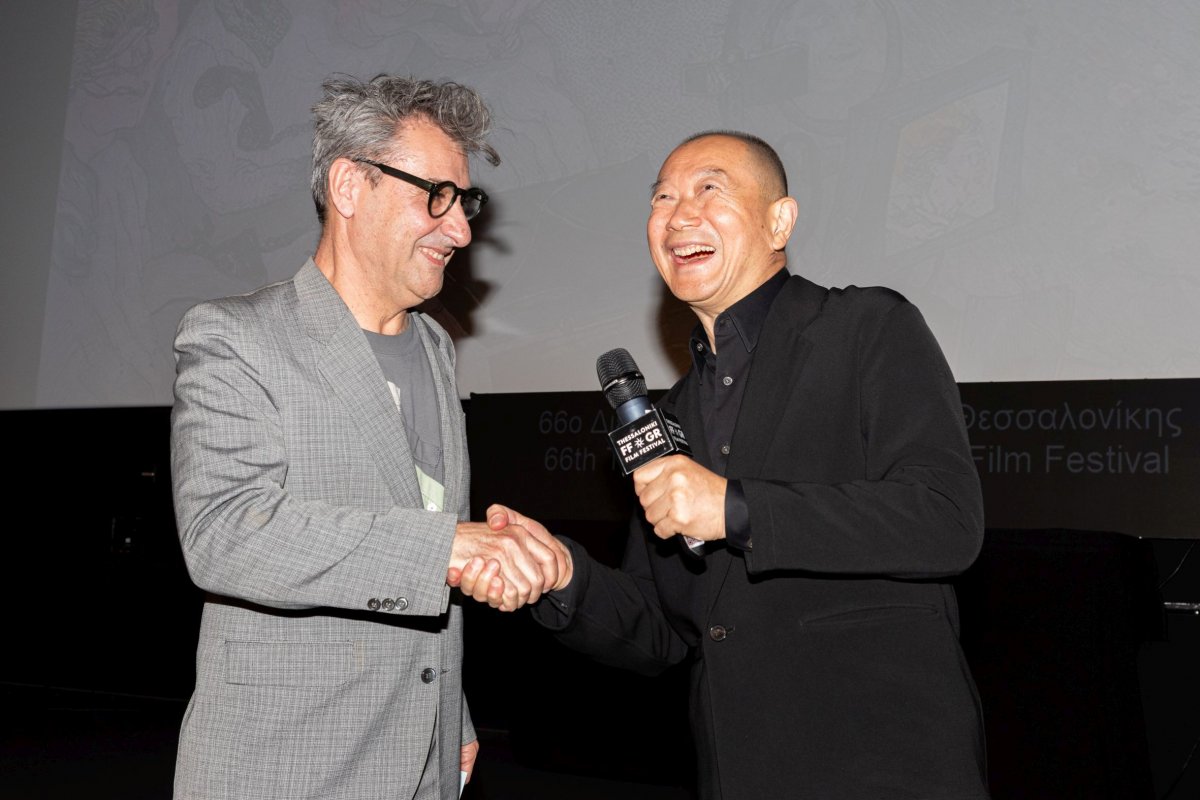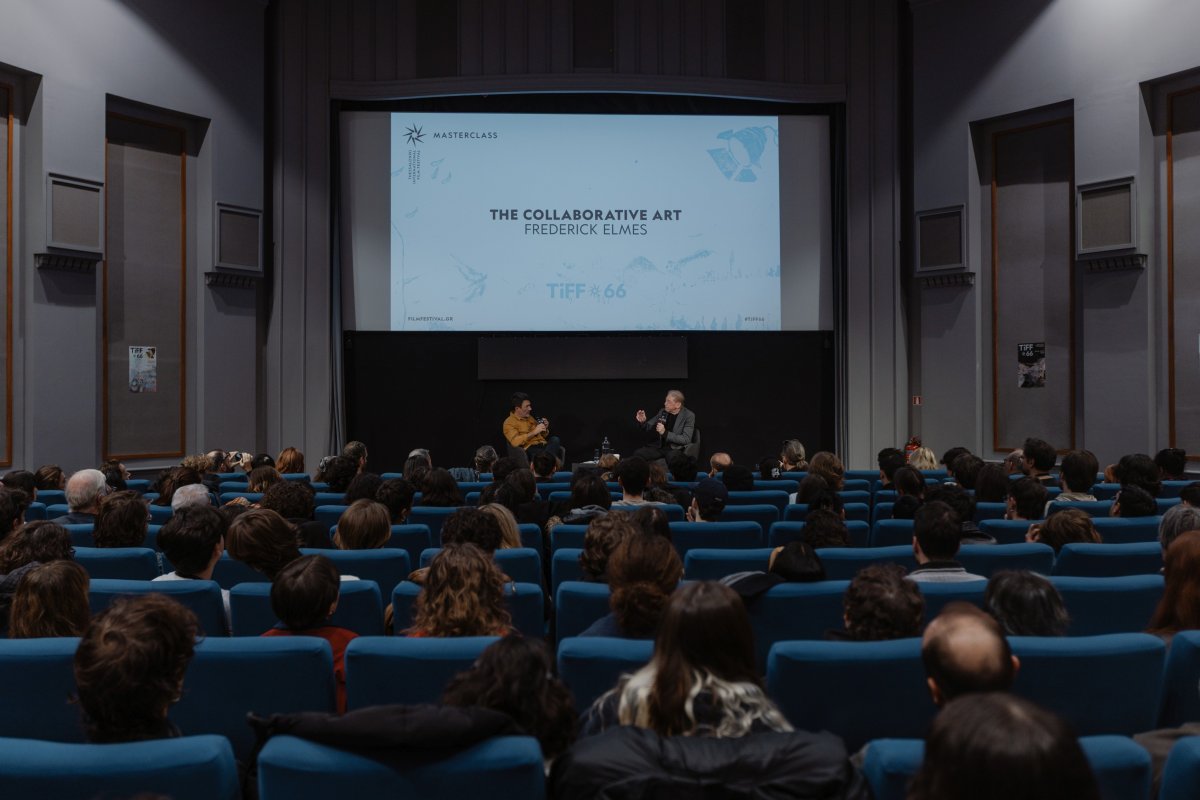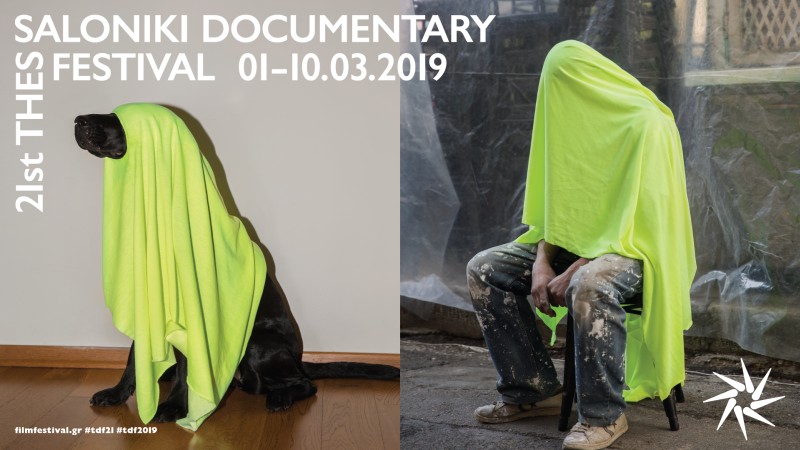Within the context of the Agora Talks of the 63rd Thessaloniki Film Festival, a discussion on the Film marketing tools starting from the script development stage, featuring Joanna Solecka of Alphapanda Digital Marketing as a speaker, took place on Monday, November 7th, at MOMus-Thessaloniki Photography Museum. The guests were first welcomed by Angeliki Vergou, Head of the Agora. “This is a collaboration between Agora and Sofia Meetings, EAVE Network, MIDPOINT Institute & MFI. We are happy to have here with us Joanna Solecka, who will discuss the marketing tools which I think are nowadays very useful during the making of a film”.
Joanna Solecka then took the floor: “Alphapanda is a film marketing agency that specializes in social media and arthouse films. Film marketing is the promotion process of a film so that its value increases, and it is essential nowadays, when campaigns have become much more complicated. It helps your work become understood and established amidst a rather competitive market. Distinguishing your work is simple, economical and fun. The existence of a film marketing strategy before the beginning of shooting, helps in comprehending what kind of material needs to be prepared during production, something that can eventually benefit the budget. The driving force is audience appeal. We have to find ways to trigger the interest of the audience. During the digital age, there are so many opportunities to approach different types of audiences, with different elements and ideas which would eventually contribute to the rise of the number of visitors.”
Following, Ms. Solecka referred to the basic marketing strategies. “Goal, genre, placement, SWOT analysis and comparative evaluation. You need to be aware of your goals before getting started with the marketing of your film, and of what kind of financial aid you are looking for – which is also a crucial goal. The film industry is a competitive market. The SWOT analysis is also very important at any stage of your project, in order to trace your inner strengths and weaknesses, as well as your external opportunities and threats. The genre is not always guaranteed, it can also be a matter of choice. Each genre has its own goal with its own consumeristic course and expectations. For instance, a drama film involves personal conflict, a sense of identifying, and discovery. Of great importance are also the stills – a photograph taken on the set of a film during production. You have to have material to prove that your film exists. The target audience is also crucial, defined by the demographic information, age, sex, education, income, but also location, interests. Placement is usually considered something trivial, but it is actually the backbone of your campaign. Define the three basic elements that can attract the audience and the market. It may be your own story, the director, the protagonist or the genre of the film, if it is for instance an adaptation from a book. It is fundamental for you to know what you want to focus on and what you want to disclose.”
Joanna Solecka referred then to the film The Broken Circle Breakdown as an example. “Our strategy was to play down the intense dramatic element of the film, the loss of a child. Our placement has as a goal to attract the audience and not scare them. We based our strategy on the music and the characters. Your point of reference should be films similar to yours, as you get inspired by them and it makes you look forward to the future, when observing your potential”. She also mentioned, among others, the Ukrainian film Stop-Zemlia: “We drew our attention to the fact that it was the director’s debut film, as well as to the protagonist. It is a coming-of-age, intimate and authentic story”.
She then commented on the marketing material that consists of the title, the synopsis, the poster and the stills. As she stressed: “I have been working in this field for so many years and stills are underrated, but this view is incorrect. They are the first look of the film, along with the title and the poster. The power of the image is huge. According to a research by Netflix, the brain processes an image in 13 milliseconds and decides whether it wants to watch the film or not. Make your film worthy of attention and funding. In order for your material to be appealing, it has to have a strong logline and to target a specific audience. Be loyal to yourself in terms of what you want to present. As I mentioned earlier, you can draw inspiration for your visual material from other films-references.”
Concluding the talk, ms. Solecka referred to a six-step method for the best promotion of each film. “The first is motive. Why do I want to make this film. You will come across many obstacles so you have to be sure of your motive. The second step is the mapping of the theme. Because behind every theme, you will find a certain audience. You may not use it during the promotion period, but you will definitely need it afterwards. The third one is expressing the tone and the emotions of the film, while considering your protagonist and central characters. The fourth step is describing your main scene. The next and fifth step is to define three or four strong elements of your film. The sixth step is defining the main moral of the film, which should be easy to trace after following the five previous steps. And let’s not forget marketing, a communication tool between ourselves and our fellow human beings”.


